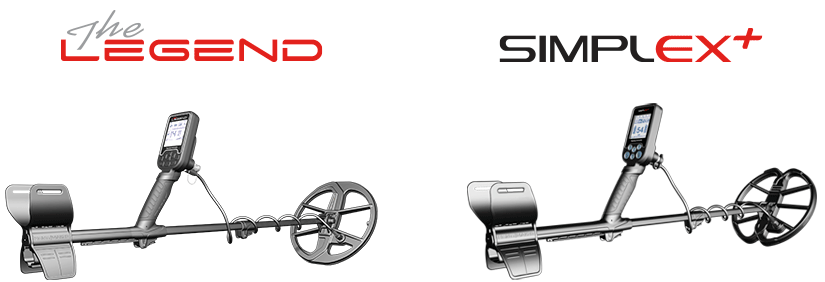GA1dad
Well-known member
I bought an Anfibio Multi last year, and didn't immediately take to it. This year I've vowed to put in the hours and give it a fair shake before deciding to keep or not. But my goodness,,,, everything "sounds" so good on this machine,,, especially nails. And to make it worse, they seem to lock on and ring up solid in the coinage area. I am not having any fun at all in the trashy parks I have the most access to.
I've tried 3,4 and Deep modes so far. I like the depth I get with 4 in my test garden. I tend to stay in 5 kHz. Notch volume tried on and off. Isat tried at 0 or 1. Coils tried are the stock big DD, a smaller 9.5 X 5 DD and this week I have been focusing on the 7" concentric.
Anybody got some tried and true settings that have worked good in trashy parks?
Thanks in advance
I've tried 3,4 and Deep modes so far. I like the depth I get with 4 in my test garden. I tend to stay in 5 kHz. Notch volume tried on and off. Isat tried at 0 or 1. Coils tried are the stock big DD, a smaller 9.5 X 5 DD and this week I have been focusing on the 7" concentric.
Anybody got some tried and true settings that have worked good in trashy parks?
Thanks in advance



